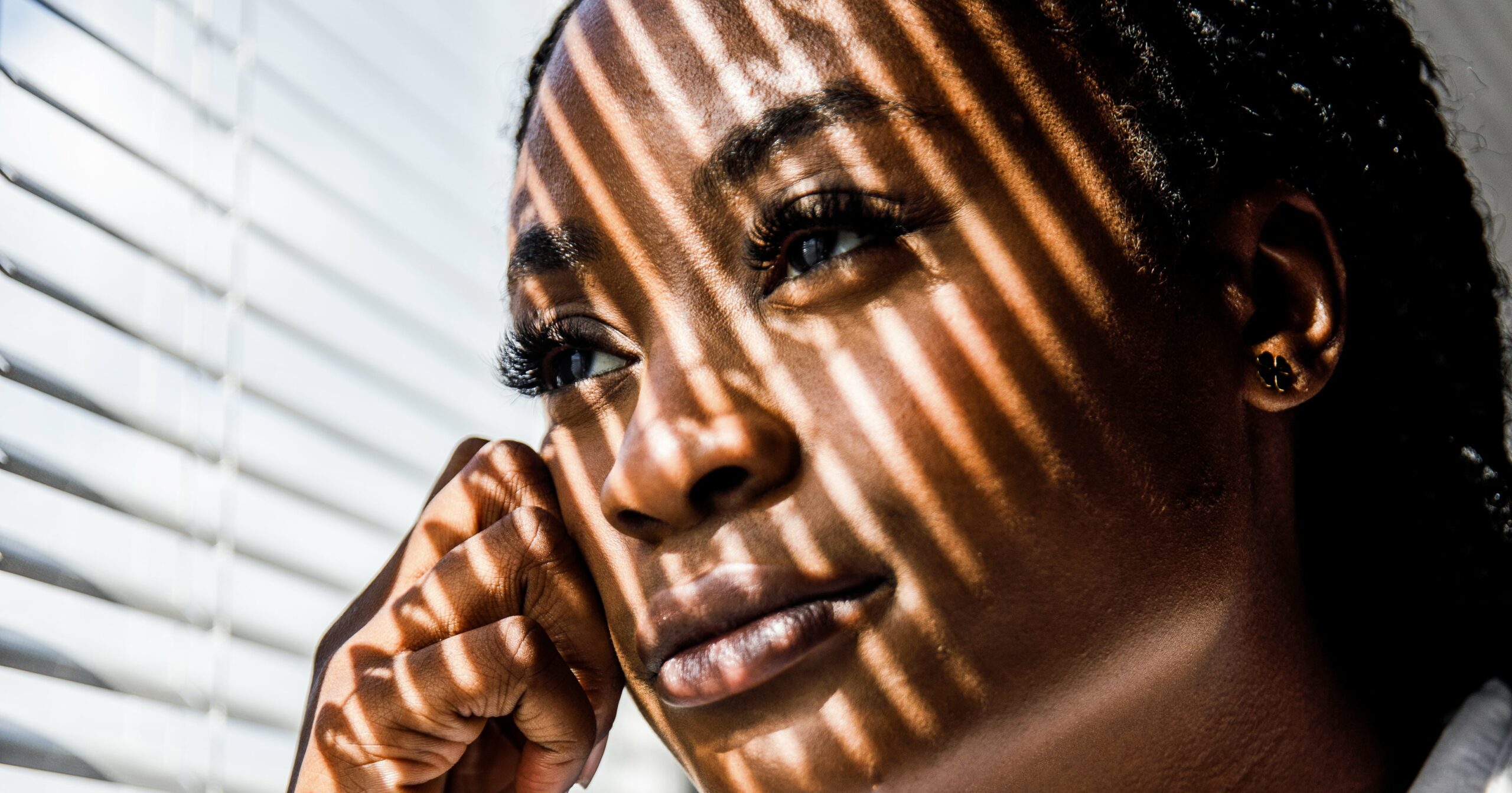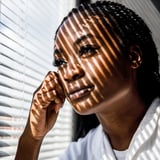Prolonged sun exposure is never a good idea, but if you have lupus, you need to be extra cautious when it comes to the sun’s harmful rays. Why? UV exposure can cause flare-ups, which refers to the worsening of uncomfortable lupus symptoms.
Lupus is a chronic autoimmune disease that occurs when cells of the immune system attack normal, healthy tissues, says Jeremy Brauer, MD, a board-certified dermatologist and dermatologic surgeon at Spectrum Skin and Laser. “It causes inflammation that can affect many parts of the body, including the skin, joints, kidneys, heart, and lungs,” he explains.
The symptoms of lupus vary widely since it’s a whole-body condition that can affect any tissue at any time. But common symptoms include sun sensitivity, seizures, rashes, sores in the nose or mouth, joint pain, kidney problems, extreme fatigue, and headaches, says Diana Sandler, MD, a board-certified rheumatologist at Endeavor Health. Lupus is a rare condition and occurs in less than one percent of the US population, disproportionately affecting African American and Latine populations and most commonly diagnosed in women of childbearing age, she adds.
But why does sun exposure make lupus worse? And how can you protect yourself from sun-related flare-ups? Ahead, doctors break down everything you need to know about sun exposure and lupus.
Experts Featured in This Article
Jeremy Brauer, MD, a board-certified dermatologist and dermatologic surgeon at Spectrum Skin and Laser.
Diana Sandler, MD, a board-certified rheumatologist at Endeavor Health.
Why Does Sun Exposure Make Lupus Worse?
Sun exposure, or any UVA/UVB light, can cause a lupus-related rash as well as a whole-body flare, Dr. Sandler says. “It’s still unclear why this occurs, but we know that when skin cells are exposed to UV light, they will send out certain signals, and in a person who has lupus, this will set off an inflammatory reaction,” she explains. Since lupus occurs when the immune system attacks healthy tissue, creating bodywide inflammation, the reaction can exacerbate symptoms.
Those without lupus are also able to quickly and easily repair and clear damaged skin cells caused by ultraviolet rays, whereas someone with lupus is more sensitive to sun-induced damage and cannot repair or clear these damaged cells as effectively, Dr. Brauer says.
What Are the Symptoms of Sun-Related Lupus Flare-Ups?
Sun exposure-related lupus flare-ups typically present as a painful, raised rash across the face, covering the cheeks and nose (also known as a “butterfly” rash or the lupus rash) that persists for multiple days, Dr. Sandler says. Other itchy, burning rashes can also occur on the chest and back – areas that may be exposed to the sun – and are often accompanied by whole-body joint pain and fatigue, she adds. “The reaction can be immediate or delayed after UV exposure, and some people are even sensitive to fluorescent lights usually found in office buildings.”
If a lupus flare happens and the rash does not improve in two to three days or other concerning symptoms present, Dr. Brauer says to contact your doctor ASAP since prescription medications may be necessary.
How to Protect Yourself From Sun-Related Lupus Flare-Ups
- Avoid the Sun: Do your best to limit sun exposure between 10 a.m. and 4 p.m. when the sun’s rays are strongest, Dr. Brauer says. “Try to avoid midday activities, when possible, otherwise try to find shade.”
- Apply Sunscreen: Use a broad spectrum UVA/UVB sunscreen in the morning and at lunch with at least SPF 50 or higher, Dr. Sandler says. “Sunscreen should be used every day, not just when it’s sunny or when you are spending time outside,” she adds. And if you’re swimming or sweating, it’s crucial to reapply every two hours.
- Wear Sun-protective Clothing: Wear UPF sun-protective clothing that is tightly woven and loose-fitting, Dr. Brauer says. Long-sleeved shirts, pants, a wide-brimmed hat, and UV-blocking sunglasses are also your best friend, he adds.
- Reduce UV Exposure Indoors: Sun exposure happens even when you’re inside, so it’s best to use UV-blocking shades to cover your home and/or car windows, Dr. Brauer says. You can also use translucent shade diffusers ($14) to filter light to your desired brightness and softness, he adds.
- Take Medication: In addition to sun protection, Dr. Sandler says it’s important to regularly take all prescribed anti-lupus medications to prevent flares. Diet, rest, and regular exercise can also help you feel and function better, she adds.
Andi Breitowich is a Chicago-based freelance writer and graduate from Emory University and Northwestern University’s Medill School of Journalism. Her work has appeared in PS, Women’s Health, Cosmopolitan, and elsewhere.




